Would you like to do something great for your garden, rewarding for you, and green for planet earth? It is called composting. It is very easy to get started. One, you save money on conserving water and not having to buy commercial fertilizers and soil amendments. Two, you enhance your soil health, fertility, and inhibit weed growth. Three, your gardens will require less water because the soil is able to retain water moisture more efficiently. Four, by composting and recycling, less of all of this is going into land fills, and the organic humus material is going back into your gardens for your benefit. Does your city have a "Compost Bin Subsidy Program"? See below.
Everyday I add to my compost, by following my kitchen- to chicken coop- to compost bin routine. First, by my kitchen sink corner, I keep a little open triangle plastic container with drain holes. In it goes my brewed coffee grains and filter, fruit and vegetable clippings, etc. Each morning when I open up my chicken coop for the day, I skim my chicken manure box, adding chicken manure and some pine shaving bedding to the mix. I put all of that in my compost, and layer it with grass clippings, which we heap in a pile outside of our compost bins, after mowing our lawn.
I layer my compost bin with my kitchen additions, chicken manure, leaves from the yard, and grass clippings. The smaller the pieces you add to your compost, the quicker your added materials will break down into compost. I make sure my compost bin mixture is moist. Continue to add water if your compost bin mixture is dry, and rotate it every few weeks with a pitch fork to aerate it. In a matter of 6-12 weeks, especially if you keep your compost bin in a partly shady area and moist, microorganisms break down these materials and create an extremely rich-nutrient dark organic mixture.
The formula for composting is to use about 50% greens, which is the nitrogen or the fire, and 50% browns, which is the carbon or the fuel. This formula does not have to be exact. With the addition of water and oxygen these two elements begin to breakdown and create heat. You might want to splurge and buy a compost thermometer which has a long stem to poke down into the heart of your compost bin, and read the temperature. You want your compost pile up around 120-150 degrees F, to start the decomposition process and kill any weed seeds, etc. Eventually your compost will stop heating up, after it has been turned. This means your compost is nearly ready, and it will benefit by leaving it be, for a few weeks more.
Greens are fruit and vegetable clippings, fresh grass clippings, yard trimmings, egg shells, tea bags, coffee grinds and filters, and breads. Manure is nitrogen, and also considered greens, which is an extra bonus to your compost, but you must add other green to your mixture other than manure. Horse, cow, sheep, and chicken manure are wonderful to use. Be mindful that manure can be "hot", as in potential to burn your plants, if not composted adequately and given time to break down.
Browns are dried leaves, wood materials, ground up branches and twigs, bark, straw, hay, pine shavings, sawdust, shredded paper, and wood ashes. Some browns take a long time to break down such as pine needles, so I do not include them.
What does not go into your compost bin. Think of your compost as vegetarian, therefore no meat, fish, poultry, bones, oils, lard, grease, dairy products. No dog or cat manure, or your cat litter box fill. No treated wood products, charcoal or pressed-log ashes. If you are unsure of something, leave it out.
Space required for composting is about a 3' square area. I have three bins going at one time, so I have more area devoted to composting. Don't forget about the potential for composting at school, or work, too. You want an area which is partially shady spot, and one which is easy to maneuver around in. Locate your compost bin in a "tucked away" but convenient area.
Compost bins can be home-made with simple materials such as stacked pallets, or quarter inch wire mesh 12' long, wrapped in a circle, and held together with a hook and eye at the top and bottom. There are also plans available on the Internet to make them, or manufactured bins available for sale at nurseries, and mail-order.
If you want to start backyard composting, check with your city first to see if they subsidize a "compost bin program". For instance, my city, Encinitas, has been quite proactive in recyling, compost workshops, and encourages residents to compost by subsidizing "Smith & Hawken" compost bins, http://www.smithandhawken.com/catalog/product.jsp?productId=prod21199&categoryId=cat240046p&sku=21199 that normally retail for $129, for only $35 each, limit two per year/per Encinitas household. These compost bins are available for non-Encinitas residents too, for a special non-profit reduced price, price and availability is subject to change. For further information visit, www.solanacenter.org or call, (760) 436-7986, x222.
The City of Encinitas has set aside funds for this program, and has had this program in place for many years now. If your city does not have a "Compost Bin Subsidy Program" like Encinitas, contact your city and ask for one. Make your voice heard. Start with the "Recycling Department" within your city. Does your city have a great "green" program in place, that you would like to share? Do you know of other benefits of composting that haven't been mentioned? Please share your comments.
Composting has made gardening easier for me. It is so delightful to see my gardens flourishing, and every time I dig into my soil, there is another good sign, an abundance of worms.
 Chances are you have everything at your finger tips for creating perfect seed sprouting success. Sprouting seeds yourself is economical and expands your ability to grow many more varieties.
Chances are you have everything at your finger tips for creating perfect seed sprouting success. Sprouting seeds yourself is economical and expands your ability to grow many more varieties.
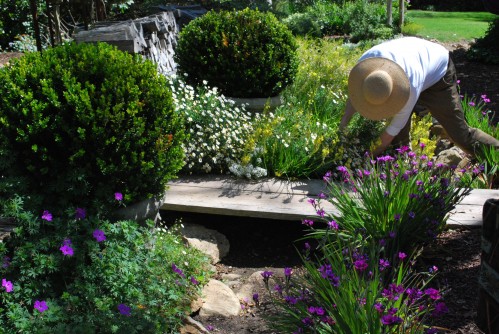


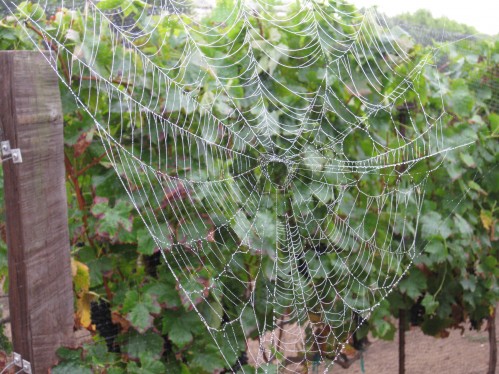
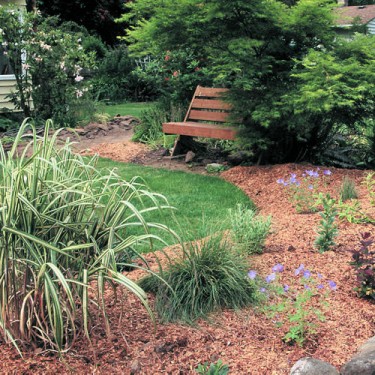
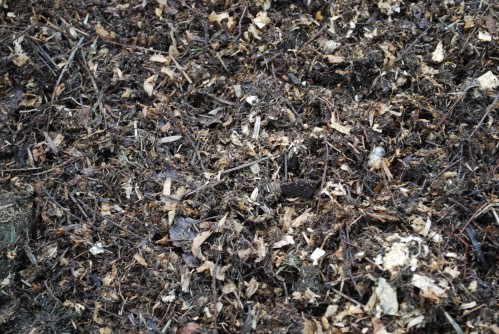
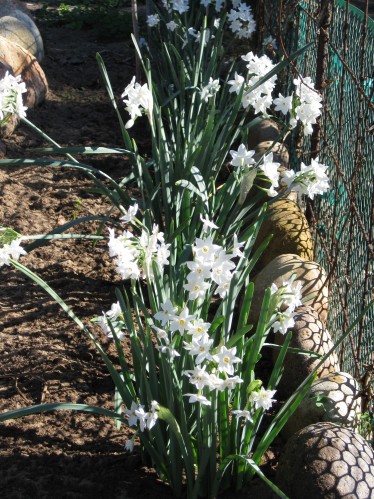

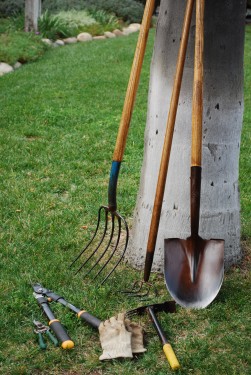 Last year my husband, John, and I were featured in an article called "Grow Greener" highlighting our flower/vegetable gardens, and organic practices in, Nature's Garden magazine, Spring 2008,
Last year my husband, John, and I were featured in an article called "Grow Greener" highlighting our flower/vegetable gardens, and organic practices in, Nature's Garden magazine, Spring 2008,